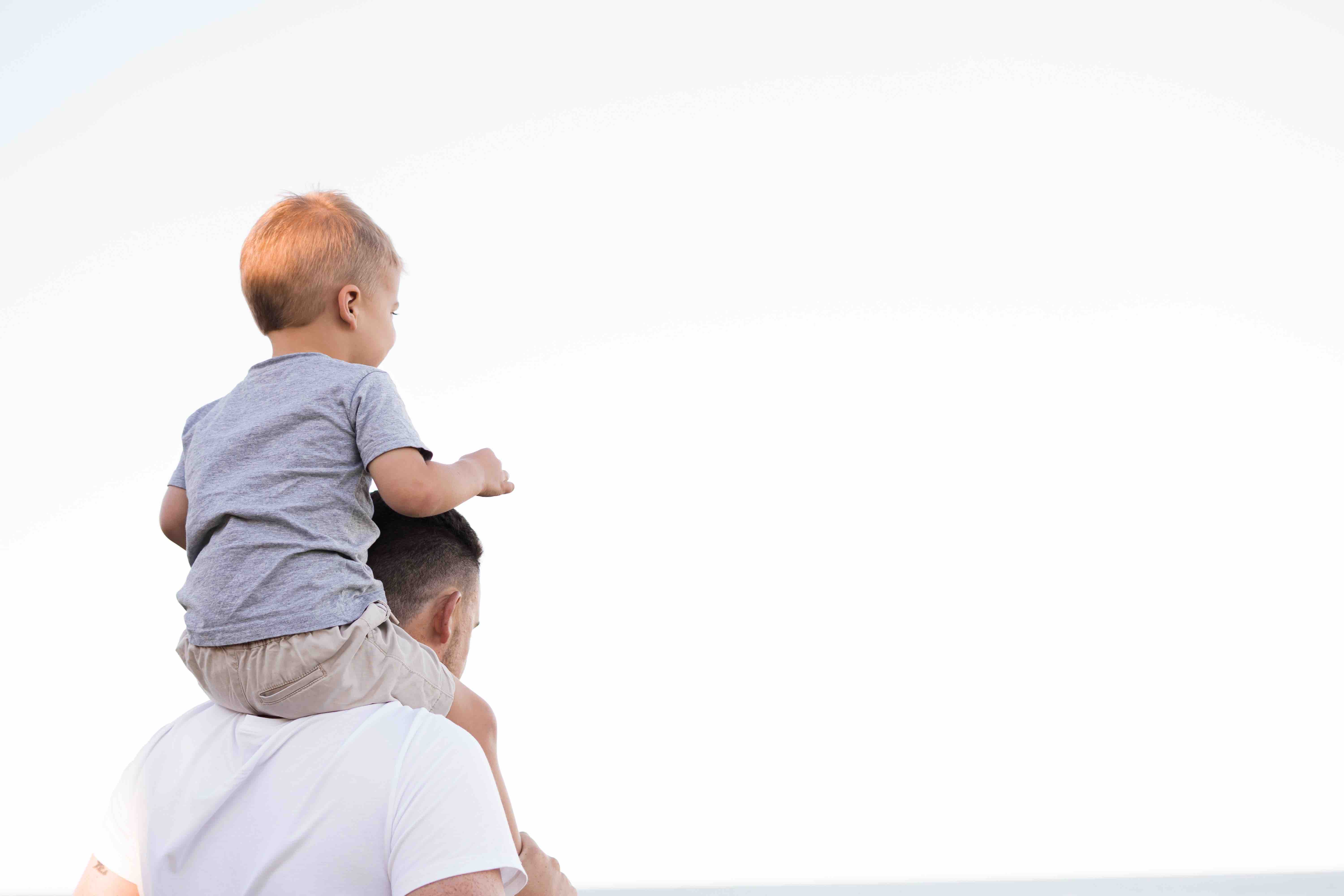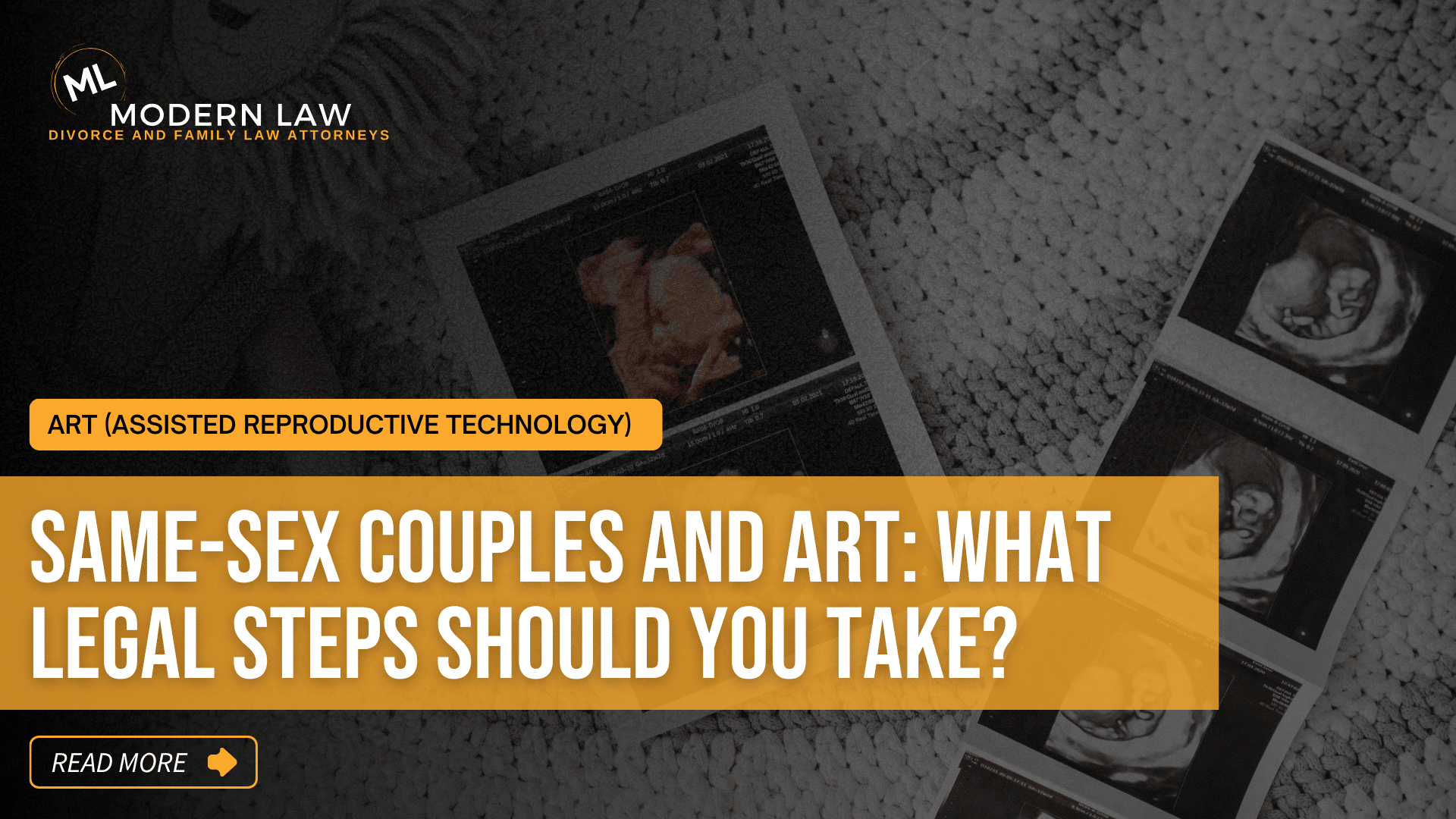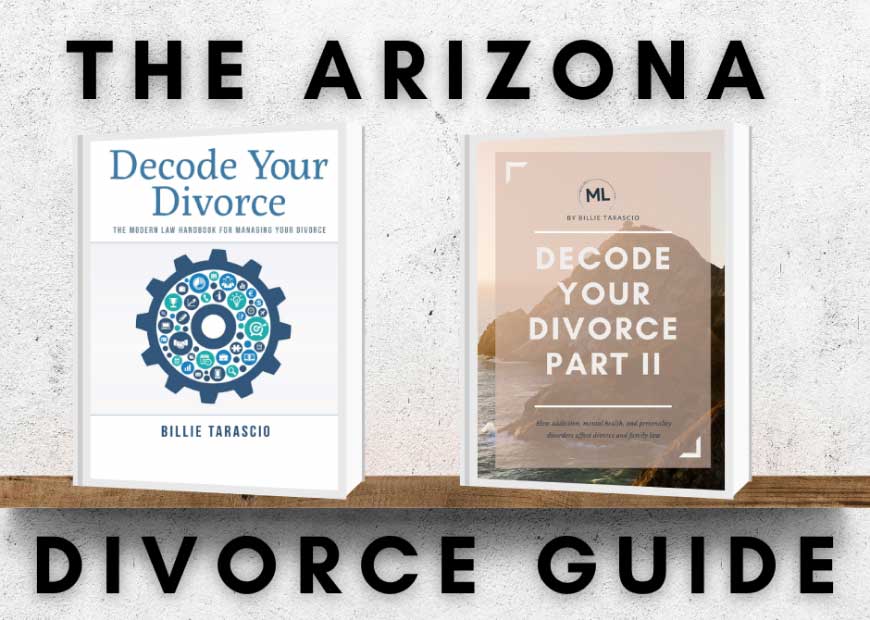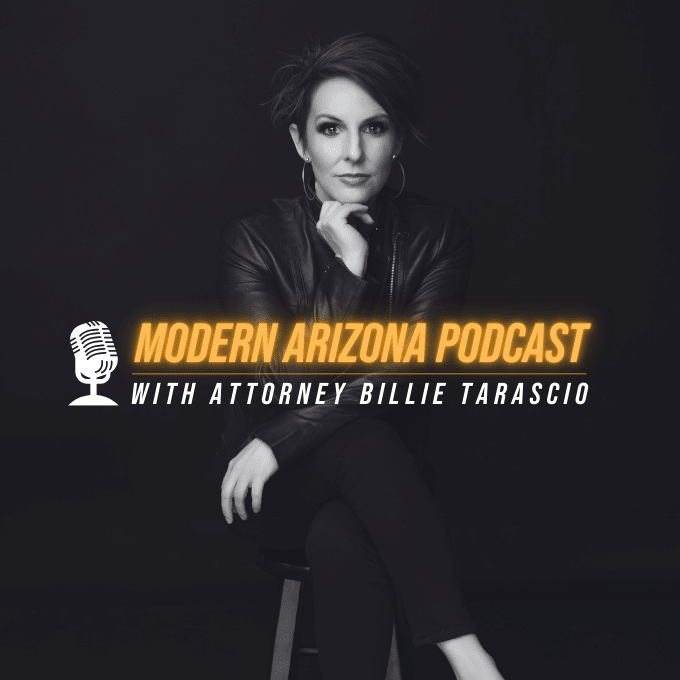Divorcing an addict is not easy or simple. It often involves relocation, issues of supervised visitation, or comprehensive family assessments. First, it’s important that you understand fully the situation you’re in and if it’s possible for you to get out. This post will walk you through what addiction looks like, common symptoms, and how to safely leave the situation with as much of yourself intact as possible.
How common is addiction?
Addiction affects billions upon billions of people around the world. Right now, the United States is facing a serious heroin/opioid epidemic that is taking lives by the minute, in fact. The opioid crisis is very real, but there are many, many more addictions that could be at play in your relationships and divorce proceedings. Addiction is a condition that affects the body in several ways.
Typically, most people will tell you that addiction is merely a symptom of a larger disease of being dissatisfied with one’s self or station in life. People turn to addiction to cope, escape, and drown their sorrows or make themselves feel better without actually making any improvements. Some people are more inclined to become addicted to various substances than others. People may have what is known as an “addictive personality”.
This is partially based on genetics, mental health conditions, and other environmental factors at play. Of course, there is also still a lot of missing information about how addiction happens and research into this complex condition is ongoing.
What we do know is that addiction has a serious impact on people’s relationships and personal lives. Of course, it’s going to have a huge impact on your divorce proceedings.
What Does Addiction Look Like?
Addiction comes in many forms. No two people are the same, nor will they experience the same type of symptoms, the same addiction, or even the same path to recovery. The CEO who hides his alcoholism by having drinks with clients is just as much struggling with addiction as the homeless junkie who trades in cans to collect enough cash to get high– they’re just struggling in different ways.
The first thing that you need to understand about addiction is that you can’t assume anything. You need to remove any semblance of what you think you know and start fresh. Addiction is a complex disease that affects every population group, regardless of race, age, sex or gender, creed, color, religion, and so forth.
Divorcing an Addict- Anyone can suffer from addiction and people can be addicted to almost anything.
Addiction is a behavior. The object of the addiction is merely a symptom. The person addicted to drinking vodka and the person addicted to shopping have the same disease: addiction. They just have to address their specific symptoms and means of expressing their issues to find a resolution that works based on their circumstances.
The most common culprits we think of are alcohol, illegal drugs, or illegal use of prescription drugs. But there are many others addicted to social media, hoarding/collecting stuff, internet pornography, etc. Each addition has their own various effects on people’s lives, and especially on their divorce and custody situation. Even if they don’t create legal troubles, such as in the case of drug charges, incarcerations, or arrest records, they could cause serious drama, stress, and unnecessary complications for everyone involved.
What does addiction look like? You can’t pin it down to a “look.” Everyone struggles and if you or your partner is fighting an addiction of any kind, it is going to further complicate the divorce process. It may also take its toll on the children, parental relationships, and custody, but that all depends on the circumstances and situation.
Addiction looks like anyone who is struggling with a dependency that causes them to lose sight of priorities, put themselves and others at risk or in the way of physical harm, and who is trying to control their lives or balance their emotions, or even just escape, typically by using alcohol and drugs.
Common Symptoms of Addiction
Aside from the obvious signs (such as in the case of substance abuse and openly using drugs), there are some symptoms that you can look for to determine if someone is struggling with an addiction. The symptoms are different for everyone, but for the most part, people will experience similar emotions and struggles.
Anyone that is struggling with an addiction usually also has symptoms and behaviors like:
- Difficulty controlling their addictive behavior
- Using drugs or alcohol (or other addictions) to cope with problems
- Having obsessive thoughts or being hyper-focused on the object of addiction
- Excessive risk-taking or dangerous decision-making in an effort to obtain illegal substances or even just for the sake of the thrill
- Taking larger-than-normal doses to feel numb or achieve the “high” feeling that comes with many illegal substances
- Withdrawing from hobbies, family and friends, and social activities
- Becoming secretive or secluded, or otherwise hiding or lying about their behavior or activity
- Legal or financial issues
- Difficulty finding or keeping steady employment
- Difficulty managing daily life, paying bills, or handling responsibilities
- Sacrificing work, family time, or other obligations for the sake of the addiction
In addition to all of these behaviors and signs, people may also experience physical symptoms of addiction, specifically when it’s in regard to substance abuse (drugs and/or alcohol). These include things like:
- Insomnia, sleeplessness, or other sleep issues. Sleep disruption, staying up for days at a time, and other problems are all common among those who are struggling with addiction.
- Appetite changes can happen as a result of drug or alcohol abuse. Alcohol and most illegal drugs will suppress people’s appetites, so they may lose weight. Others may gain weight as a result of binge-eating with their addiction, or as in the case of marijuana use where appetite increases.
- Appearance changes are often present in people who are struggling with addiction. They may stop taking care of hygiene or not change their clothes regularly, resulting in a tired, disheveled look or they may just be unkempt, exhausted, or otherwise not “themselves”.
- Disease or bodily damage due to using substances or illegal drugs. Cancer is the big one people think about, but infections, liver problems, stomach problems, heart issues, and even seizures can result from using drugs and alcohol to excess or abusing them in any capacity.
One of the biggest and most dangerous symptoms of addiction that most people don’t talk about is withdrawal. When people try to quit drinking or using drugs on their own, they may have a variety of different physical symptoms that present themselves, including cravings, nausea and vomiting, mood swings and irregular behavior, trembling, sweats, insomnia or extreme tiredness, seizures, hallucinations, and more.
Some withdrawals, including alcohol, can be far more deadly and dangerous than the actual addiction itself. People who have serious issues with addiction should seek professional help rather than just trying to quit cold turkey. In severe cases, people who try to get sober have actually died from withdrawal symptoms because they stopped too suddenly or didn’t seek professional assistance.
For those who are dealing with addiction, these are just some of the most common symptoms and behaviors that will need to be addressed or that could point to an issue in the first place. When you know what to look for, it will be easier to get to the bottom of things and get the right assistance.
In family court if you are trying to keep your children safe or prove addiction, you may need to request drug testing, alcohol testing, monitoring through an application like soberlink.
For help, fill out the contact us form to set up a consultation!








